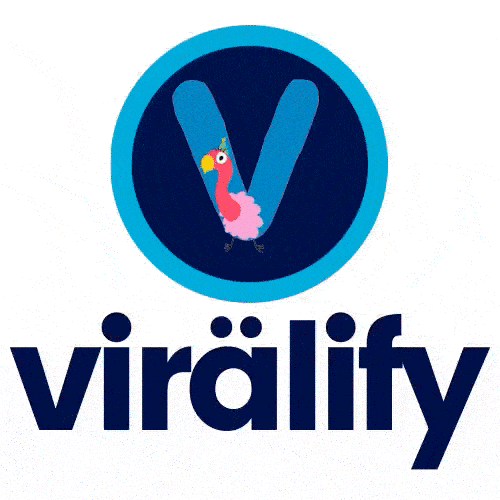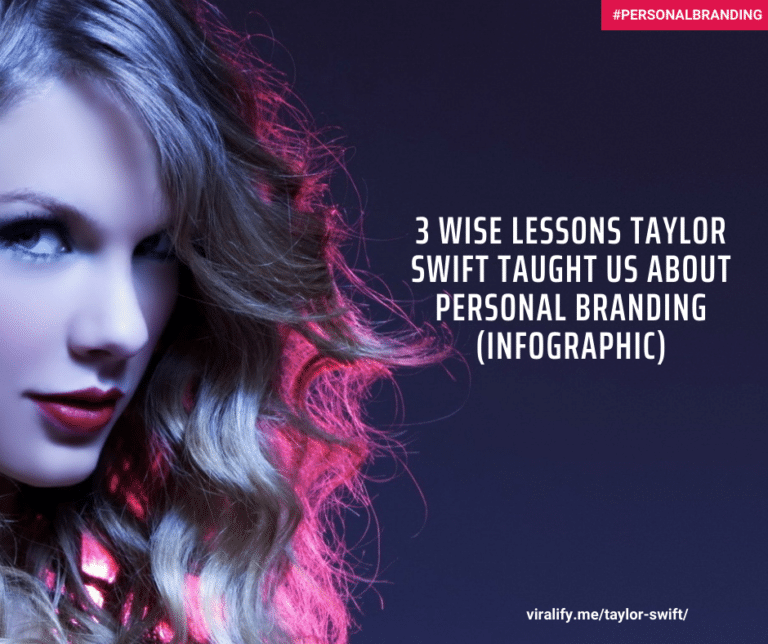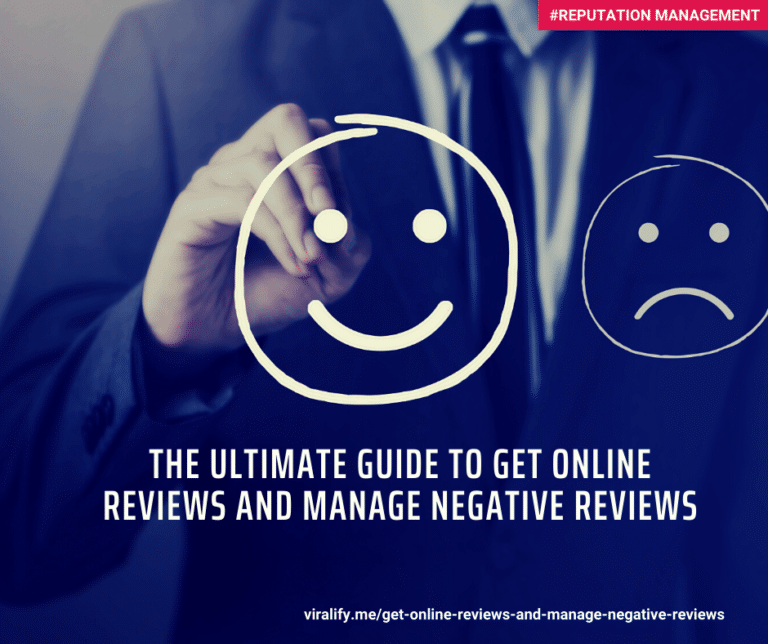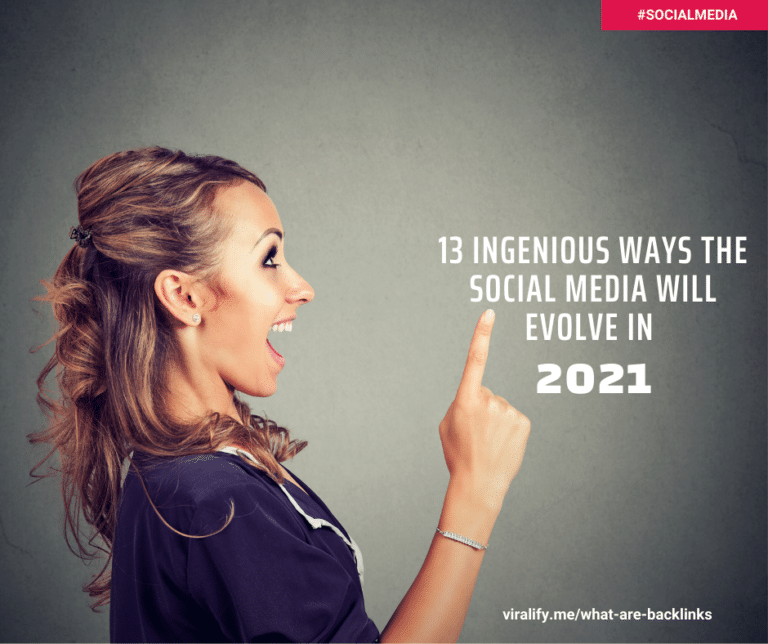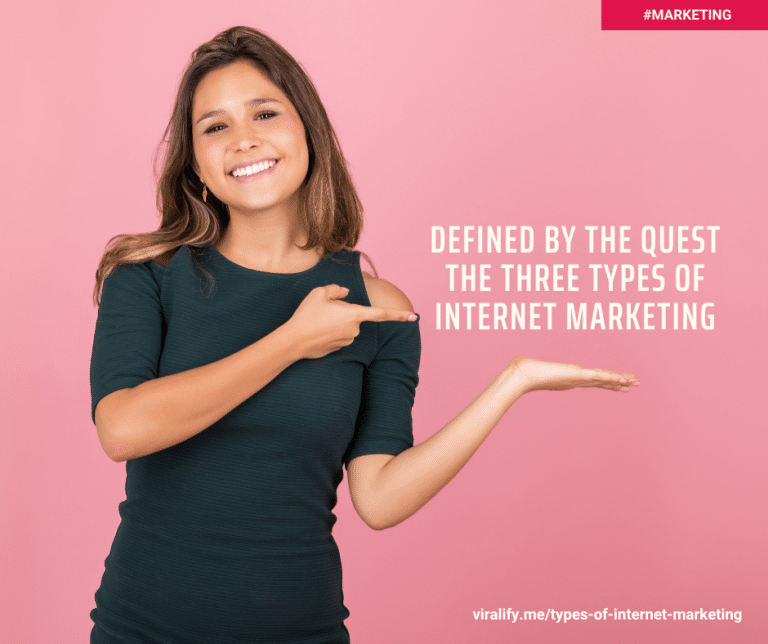In today’s search environment, the main driving factors are now what we generally refer to as social proof signals, such as inbound links (e.g., within a blog post) and user engagement with your content (e.g., time spent watching your video). Social signals such as retweets, likes, and pins don’t appear to have a direct ranking impact, and Google+ appears to have an impact, but only from a personalized search perspective.
For many years, links to a website were the single largest factor in determining its search engine rankings, because links generally (before they became a tool for SEO manipulation) existed to provide a pathway for a site’s users to find additional, relevant content on a third party’s website—a “signal” that the owner of the linking site deemed the third party’s linked content valuable.
Because of the power of this signal, many SEO professionals pursued obtaining links to their sites or their client’s sites without worrying about the quality of the site where those links resided. Unfortunately, many link-building efforts and services spawned by this behavior had little integration with the rest of the publisher’s content development and marketing strategies.
Clearly, this violated the spirit of what the search engines were measuring and placing value on—links that act as valid endorsements for third-party content. As a result, the search engines, and Google in particular, have taken many steps to force website owners and publishers to view link building more holistically, as an “earned” engagement rather than a “purchased” endorsement, requiring a renewed focus on links as a measurement of content quality. This shift, both necessary and welcomed, reestablishes the need for quality content development (as the “earner” of links) to be integrated with the overall PR and marketing strategy for businesses.
The development of highly shareable content, and the promotion of that content via various channels for increased business visibility, is generally referred to as content marketing. Content can be published on your own site, other people’s sites, or in social media, but in all cases acts to build visibility for your brand online. The most valuable content is usually highly relevant to what you do, solves problems for others or stirs their emotions, and is often noncommercial in nature. Links remain a large factor in search engine ranking algorithms, but we use content marketing to build our reputation and visibility online, and as a result we obtain organic links of the highest possible quality—links that would be desirable for your business even if the search engines did not exist, and that people might actually click on to engage with your business.
Consider Reading – What are triggers in marketing?
The most important thing to remember is that the primary goal of any content marketing effort should be enhancing the reputation of your business. Any campaign that starts with “getting links” as the objective, without placing primary and ongoing focus on the quality and value of the content being linked to, will eventually run into problems (if it hasn’t already.
During a 2012 interview, Google’s Matt Cutts and Eric Enge had the following exchange:
“It dawned on me recently that link building is an interesting phrase that has misled people. It is a bit of a “cart before the horse” thing. It has led people to think about links as something they get from the “dark corners of the Web.”
Places where no one ever goes, so it does not matter what you do there. So by thinking of it this way, as link building, you are off on the wrong foot even before you get started. Matt Cutts: That’s right. It segments you into a mindset, and people get focused on the wrong things. It leads them to think about links as the end goal. It is important to think about producing something excellent first. If you have an outstanding product, world-class content, or something else that sets you apart, then you can step back and start thinking about how to promote it. There are many who believe that social signals and user engagement with your content have become important ranking factors. However, the impact of social media appears to be quite limited:
• Google+ can have a strong impact on personalized search within Google for those who are active on the Google+ platform.
• Search engines may use shared content on social media platforms as a way of discovering new content—in particular, news-related content.
What is Content Marketing?
The process of creating great content, publishing it, and then promoting it effectively for increased business visibility can be referred to as content marketing. It can be a great way to build your reputation online, and can be used to bring prospective customers to your website, as well as obtain high-quality links to your site. As always, there is a right way and a wrong way to go about content marketing. Your primary goal for a content marketing campaign should be to build your reputation and visibility online.
Consider what Matt Cutts had to say in a 2012 interview he did with Eric Enge:
By doing things that help build your own reputation, you are focusing on the right types of activity. Those are the signals we want to find and value the most anyway.
Here are some guidelines on how to approach your content marketing plan:
- Focus on developing the best strategy to build your reputation online. Make this your first priority. Publishers who focus on obtaining links as their first priority can too easily lose their way and start engaging in tactics that the search engines do not like.
- Develop a content plan that closely relates to your business, mission, or vision. The great majority of your content should be on topic, though it can also be quite effective to publish occasional pieces of content that are off-topic if they are worthy of mention and attract attention to you.
- In an ideal world, build a plan that combines publishing great content on your site, creating a strong social media presence, and publishing great content on authoritative third-party sites. This strategy helps you build your audience by gaining exposure in places where your target customers can already be found and gives them a reason to visit your site.
- While building your reputation is the primary objective, you should also look to obtain links back to your site in the process. When you publish content on thirdparty sites, make sure that any links back to you are ones that a reader of the article might be interested in clicking on. This is a key way to validate that you are implementing your content marketing effort appropriately.
Building a powerful content marketing campaign will likely take some time, and you can’t be afraid to experiment with different ideas and learn what works for you.
If you are a small-business owner with very little time to invest, you may need to be quite a bit more focused and implement only pieces of a full plan at a time. In addition, as you build a content marketing plan, make sure to consider more than just the SEO benefits. While this book is focused on SEO, the impact of content marketing is greater than that. It can play a lead role in defining your brand, and in your overall reputation and visibility online. The general PR and marketing efforts of your company are a part of content marketing as well. Take the time to integrate your SEO-focused efforts with the PR and marketing plans for your business. You will find that doing so provides a great deal of leverage and helps your overall campaigns get better results.
How to use Content to generate Links?
While building your reputation and exposure to more potential customers is the primary focus of a content marketing campaign, and making sure the content you develop is of value to those users, it’s essential to understand how to leverage your content assets for link development purposes. More links to your content results in more users exposed to your content, furthering the overall objectives of your content marketing plan. That these links also benefit your SEO efforts only reinforces the fact that learning how to create and promote your quality content online, and take advantage of linking opportunities you create, is a very valuable endeavor. Superior content and tools are the keys to making all of this happen.
What is a content marketing strategy?
Some of the best links are obtained indirectly. Duane Forrester of Bing puts it this way:
“You want links to surprise you. You should never know in advance a link is coming, or where it’s coming from. If you do, that’s the wrong path.”
This position may be extreme if you never knew in advance about an incoming link, but the concept is a solid one. If you publish great content and people learn about it, some of those people will link to it. Your job is to make the content more easily discovered and valued enough to endorse.
What is Customized Content and how to create a content strategy?
Normally, there are many different types of content a site could produce. Your job is simply to identify your most important target audiences and what content will most resonate with them, and then tweak the content plan accordingly (we will discuss this more in “Segmenting Your Audience, Identifying Personas, and Targeting Content” on page 466). Keyword research can also help identify content related to your target market, and can play a role in identifying topics that may help build your visibility.
Here are some of the types of content you could produce on your site:
• Posts on your own blog or website
• Posts on third-party sites (guest posts)
• Downloadable tools
• Videos • Images and animated GIFs
• Podcasts
• Screencasts
• Presentations (including SlideShare)
• PDF files
• Plug-ins
• Memes
• Social media posts
• Comments on the posts of others
• Curated content
• Original research and data streams
• Comprehensive reviews
• Explanatory journalism
• Scoops
• Infographics
• Personality tests
• Comics and illustrations
• Interesting interviews
• Mobile or tablet apps
And the list goes on—your creativity is the main limit here.Again, you should pick the content type based on what will provide the biggest impact on your target audience.
How to implement a content strategy?
Content can be marketed in many ways. Some of the most basic strategies include:
Guest posting
This is the practice of creating new content for publication in the blog or article stream of a third-party website.
Rich content for third-party sites
This is very similar to guest posting, except it is not intended for a third-party site’s blog. This type of content is designed for publication on static pages of the partner’s site.
Content syndication
You may have quality content placed on your site that others are interested in republishing on their sites. This can be a very effective tactic, but it can come with some SEO risks if it is not done properly.
Social media
Social media sites such as Facebook, Google+, LinkedIn, and Twitter can be used to promote content on your sites.
Viral content creation
Publishing content that has the potential to go viral can help you rapidly gain exposure to your site and your business.
Looking for great content that works? Hire a content writer with Viralify and see how it does wonders to your website.
